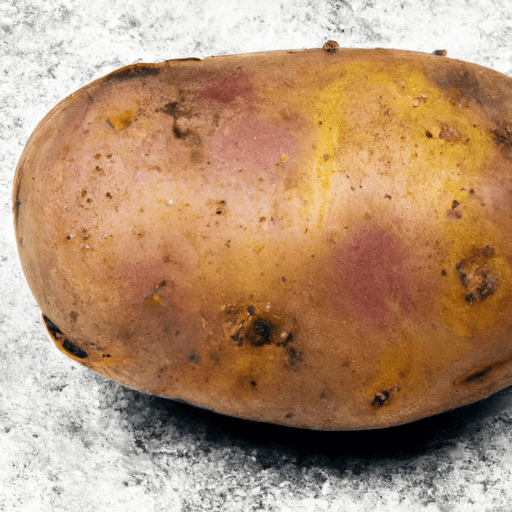Embracing the Delightful World of Waxy Potatoes
Potatoes are undoubtedly an indispensable ingredient in the culinary world, with various varieties offering unique flavors and characteristics. One such fascinating potato variant is the waxy potato. In this article, we’ll take a deep dive into the world of waxy potatoes, exploring their taste, common uses in cooking, nutritional value, and uncovering some interesting facts and history. So, let’s dig in!
Understanding the Taste
Waxy potatoes are known for their smooth, firm texture and delicate flavor. Unlike starchy potatoes, such as russets, waxy potatoes have less amylose, which is a type of starch. This lower amylose content contributes to their unique taste and texture. When cooked, waxy potatoes maintain their shape beautifully, making them ideal for salads, gratins, or any dish where integrity matters.
Versatile Uses
These potatoes truly shine in dishes that require a delicate touch. Their thin, tender skins hold up well during cooking, providing an extra textural element. Waxy potatoes are a staple ingredient in traditional potato salads, providing a creamy yet firm bite that pairs perfectly with dressings and seasonings.
Not limited to just salads, waxy potatoes are also great for roasting and boiling. When roasted, they develop a lovely golden crust while remaining creamy inside. Boiled waxy potatoes are perfect for mashing or slicing into colorful casseroles. Their ability to hold their shape and soak up flavors makes them excellent candidates for soups and stews too.
Nutritional Value
Beyond their culinary prowess, waxy potatoes offer a range of essential nutrients. They are a great source of vitamin C, potassium, and dietary fiber. Additionally, waxy potatoes contain antioxidants that are beneficial in maintaining overall health and well-being. Remember, leaving the skins on during preparation can significantly enhance their nutritional value.
A Storied History and Fascinating Facts
Potatoes, including waxy varieties, have a rich history that extends far beyond our dinner plates. Originating in South America, potatoes were first domesticated over 7,000 years ago. Waxy potatoes, in particular, find their roots in the Andean region, including Peru and Bolivia.
Interestingly, waxy potatoes also have a unique texture due to their cell structure. The cells of waxy potatoes are tightly packed, contributing to their characteristic firmness. In contrast, starchy potatoes have larger, more separate cells that break apart easily during cooking.
Embrace the Waxy Potatoes
Waxy potatoes bring a delightful texture and flavor to countless dishes, making them an essential ingredient in any kitchen. Whether you’re hosting a summer BBQ, preparing a hearty stew, or looking to create the perfect potato salad, waxy potatoes offer a multitude of culinary possibilities. Their ability to hold shape, absorb flavors, and their nutritional value make them a fantastic addition to a balanced diet.
So, next time you find yourself in the produce aisle, don’t overlook these small, unassuming spuds. Grab a bag of waxy potatoes and unleash their culinary magic in your kitchen. Your taste buds will thank you!
Waxy Potatoes
Origin: Waxy potatoes are believed to have originated in South America, particularly in the regions of Peru and Bolivia, where they have been cultivated for thousands of years.
Common Uses: Due to their low starch content and high moisture content, waxy potatoes are well-suited for boiling, steaming, and roasting. They hold their shape well after cooking, making them ideal for use in potato salads, soups, stews, and casseroles.
Nutritional Benefits: Waxy potatoes are a good source of vitamin C, potassium, and fiber. They also provide small amounts of vitamin B6 and manganese.
Unique Properties: Waxy potatoes have a smooth, moist, and creamy texture when cooked, compared to their starchy counterparts. They have a thin skin that does not need to be peeled in most recipes, which saves time and adds extra nutrients. Additionally, waxy potatoes have a slightly sweet and buttery flavor that pairs well with a variety of ingredients.
Historical Significance: Potatoes, including waxy varieties, played a significant role in European history. They were introduced to Europe in the late 16th century after the Spanish conquistadors brought them back from their expeditions in the Americas. Potatoes proved to be a reliable food source, especially for the working class, and helped to alleviate famine in certain regions. Waxy potatoes, with their versatility and ability to withstand transportation, became an important staple in many European cuisines.




Use the share button below if you liked it.
It makes me smile, when I see it.